Usually all of the aubergines are peeled and deep fried, but bear in mind that aubergines soak up A LOT of oil, so if you’d like to use less, I’d recommend roasting them in the oven (see method Step 3). If you can’t get dried black limes (most Middle Eastern shops will have them nowadays along with other spices), sumac, pomegranate molasses or even lemon juice is often recommended to substitute the tangy flavour, but I find that preserved lemons help to give some acidity will also delivering some of the distinctive umami and preserved flavour notes of black limes.
I highly recommend serving this alongside the Saffron Rice below.
serves 4
Ingredients
-
200g yellow split peas
-
1 large onion
-
4 garlic cloves
-
1 pinch of saffron
-
1 tsp turmeric
-
1/2 tsp cinnamon
-
1/4 tsp black pepper
-
2 tbsp tomato purée
-
1 can chopped tomatoes
-
4 dried black limes (or use 1 preserved lemon, roughly chopped)
-
4 Chinese aubergines (900g – 1kg)
-
100 ml olive oil
-
Parsley for serving
Method
Start by pre-cooking the yellow split peas. Add them to a saucepan and cover them with plenty of water. Then wash them by moving them around with your hand. Drain the starchy water and repeat this step until the water runs almost clear. Then cover them once more with plenty of water, bring to a boil and simmer for 20 minutes until slightly softened but still retaining a bite. Drain and set aside.
Peel and roughly chop the onion and sauté it with a bit of oil in a large casserole until golden around the edges. In the meantime, peel and finely chop the garlic. Add the saffron to a pestle and mortar with a pinch of salt, grind it into a fine powder and set aside (If you’re also making the saffron rice below, make a little extra ground saffron). When the onion begins to turn golden, add the garlic to the casserole along with 2 tsp salt and cook until the onions are deep golden and the garlic is aromatic. Stir in the turmeric, cinnamon and black pepper and let it cook for 30 seconds, then add the tomato purée and chopped tomatoes. Squeeze the dried limes with the palm of your hand on a hard surface to break them open, then add to the casserole as well along with the split peas, the ground saffron and 500 ml water. Then bring everything to a boil and simmer covered with a lid for 30 minutes, stirring every now and then.
Continue with the aubergines. Traditionally, all of them are peeled to remove some of the bitter flavours, but I prefer to leave some of the skin on for its dietary fibre. It’s up to you. Cut them in half crosswise and then each half again in half lengthwise so that you end up with 4 chunky pieces per aubergine. Season the cut side generously with salt, then heat some of the olive oil in a frying pan and fry the aubergine pieces, cut side down, until golden brown. They soak up a lot of oil, so add a little more if you notice the pan running dry. Flip them around and fry for another few minutes on the other side, then transfer to a plate lined with kitchen paper to drain off any excess oil. If you are worried about the quantity of oil you can also bake them in the oven at 220 for around 45 minutes or until golden.
When the 30 minutes are up, add the aubergines to the casserole by gently pressing them into the stew without breaking them apart. Simmer for another 20 minutes, leaving the lid ajar this time, until the peas are soft.
Finely chop the parsley, divide the stew over serving plates and sprinkle the parsley and top. Then serve the stew alongside plain steamed rice or the Saffron Rice below.
Saffron Rice
Ingredients
-
320g basmati rice
-
1 pinch of saffron
-
3 tbsp olive oil
-
1 large onion
-
30g sliced almonds
Method
Wash the rice in plenty of water until it runs clear (see the method for the lentils above). Fill a large pan with around 2l of water and season generously with salt (1 tbsp salt per litre), bring to a boil, then cook the rice for 5 minutes at a steady boil so that the grains don’t stick together. Drain the rice into a sieve and cool under running water.
While the rice is cooking, add the saffron to a pestle and mortar with a bit of salt and grind into a fine powder.
When the rice is done, pour the oil into a saucepan for which you have a lid. Twirl the pan so that the oil covers the bottom, then add half of the rice. Use a spoon to gently flatten the rice into an even layer. Sprinkle a little bit of the ground saffron on top and carefully stir it around colour the rice with the saffron. It’s nice to have a few white and a few golden spots, don’t be too precise with this. Now add some more of the rice, shaping it into a pyramid rather than flattening it and mixing in the rest of the ground saffron as you go. Use the back of a spoon to poke 5 holes into the rice to let the steam escape, taking care not to poke through the bottom layer Wrap an old kitchen towel around the lid, making sure that the towel doesn’t hang off the side but is tied together on top. Cover the pan with the lid and place it on a medium-sized hob over medium heat for 5 minutes until the rice begins to steam. Then turn the heat to low and cook for 40 minutes.
While the rice is cooking, toast the sliced almonds in a frying pan until golden and set aside. Peel and finely slice the onion and cook with a bit of oil and a pinch of salt in a frying pan over medium heat until deep golden (20 minutes).
When the rice is done, turn off the heat, remove the lid and flip the rice onto a serving plate. It should have a crispy golden layer on top. Either break up the layer and divide the crispy bits over the serving plate later on, or flip the rice around again. Use a fork to fluff it up and break through the bottom layer, then garnish with the onions and sliced almonds.
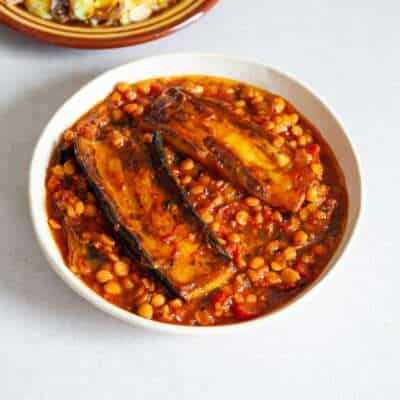
Khoresh Bademjan (Persian Aubergine Stew)
Ingredients
- 200 g yellow split peas
- 1 large onion
- 4 garlic cloves
- 1 pinch of saffron
- 1 tsp turmeric
- 1/2 tsp cinnamon
- 1/4 tsp black pepper
- 2 tbsp tomato purée
- 1 can chopped tomatoes
- 4 dried black limes (or use 1 preserved lemon, roughly chopped)
- 4 Chinese aubergines (900g - 1kg)
- 100 ml olive oil
- parsley for serving
Saffron Rice
- 320 g basmati rice
- 1 pinch of saffron
- 3 tbsp olive oil
- 1 large onion
- 30 g sliced almonds
Instructions
- Start by pre-cooking the yellow split peas. Add them to a sauce pan and cover them with plenty of water. Then wash them by moving them around with your hand. Drain the starchy water and repeat this step until the water runs almost clear. Then cover them once more with plenty of water, bring to a boil and simmer for 20 minutes until slightly softened but still retaining a bite. Drain and set aside.
- Peel and roughly chop the onion and sauté it with a bit of oil in a large casserole until golden around the edges. In the meantime, peel and finely chop the garlic. Add the saffron to a pestle and mortar with a pinch of salt, grind it into a fine powder and set aside (If you’re also making the saffron rice below, make a little extra ground saffron). When the onion begins to turn golden, add the garlic to the casserole along with 2 tsp salt and cook until the onions are deep golden and the garlic is aromatic. Stir in the turmeric, cinnamon and black pepper and let it cook for 30 seconds, then add the tomato purée and chopped tomatoes. Squeeze the dried limes with the palm of your hand on a hard surface to break them open, then add to the casserole as well along with the split peas, the ground saffron and 500 ml water. Then bring everything to a boil and simmer covered with a lid for 30 minutes, stirring every now and then.
- Continue with the aubergines. Traditionally, all of them are peeled to remove some of the bitter flavours, but I prefer to leave some of the skin on for its dietary fibre. It’s up to you. Cut them in half crosswise and then each half again in half lengthwise so that you end up with 4 chunky pieces per aubergine. Season the cut side generously with salt, then heat some of the olive oil in a frying pan and fry the aubergine pieces, cut side down, until golden brown. They soak up a lot of oil, so add a little more if you notice the pan running dry. Flip them around and fry for another few minutes on the other side, then transfer to a plate lined with kitchen paper to drain off any excess oil. If you are worried about the quantity of oil you can also bake them in the oven at 220 for around 45 minutes or until golden.
- When the 30 minutes are up, add the aubergines to the casserole by gently pressing them into the stew without breaking them apart. Simmer for another 20 minutes, leaving the lid ajar this time, until the peas are soft.
- Finely chop the parsley, divide the stew over serving plates and sprinkle the parsley and top. Then serve the stew alongside plain steamed rice or the Saffron Rice below.
Saffron Rice
- Wash the rice in plenty of water until it runs clear (see the method for the lentils above). Fill a large pan with around 2l of water and season generously with salt (1 tbsp salt per litre), bring to a boil, then cook the rice for 5 minutes at a steady boil so that the grains don’t stick together. Drain the rice into a sieve and cool under running water.
- While the rice is cooking, add the saffron to a pestle and mortar with a bit of salt and grind into a fine powder.
- When the rice is done, pour the oil into a saucepan for which you have a lid. Twirl the pan so that the oil covers the bottom, then add half of the rice. Use a spoon to gently flatten the rice into an even layer. Sprinkle a little bit of the ground saffron on top and carefully stir it around colour the rice with the saffron. It’s nice to have a few white and a few golden spots, don’t be too precise with this. Now add some more of the rice, shaping it into a pyramid rather than flattening it and mixing in the rest of the ground saffron as you go. Use the back of a spoon to poke 5 holes into the rice to let the steam escape, taking care not to poke through the bottom layer Wrap an old kitchen towel around the lid, making sure that the towel doesn’t hang off the side but is tied together on top. Cover the pan with the lid and place it on a medium-sized hob over medium heat for 5 minutes until the rice begins to steam. Then turn the heat to low and cook for 40 minutes.
- While the rice is cooking, toast the sliced almonds in a frying pan until golden and set aside. Peel and finely slice the onion and cook with a bit of oil and a pinch of salt in a frying pan over medium heat until deep golden (20 minutes).
- When the rice is done, turn off the heat, remove the lid and flip the rice onto a serving plate. It should have a crispy golden layer on top. Either break up the layer and divide the crispy bits over the serving plate later on, or flip the rice around again. Use a fork to fluff it up and break through the bottom layer, then garnish with the onions and sliced almonds.





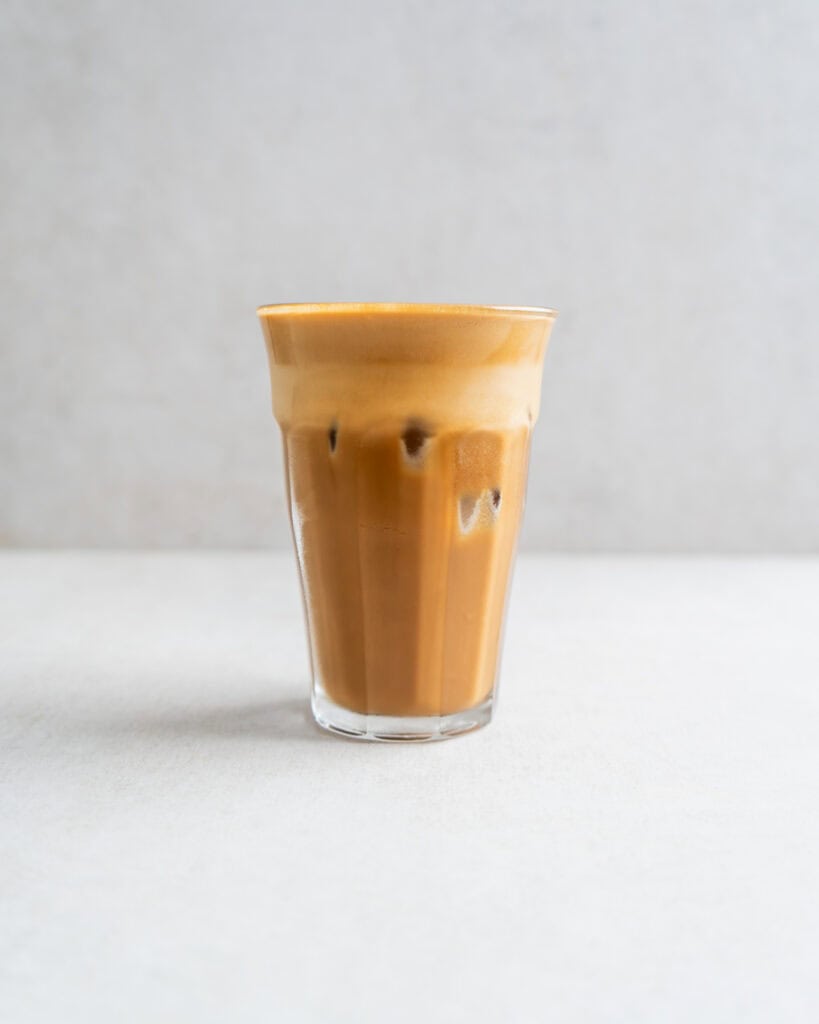

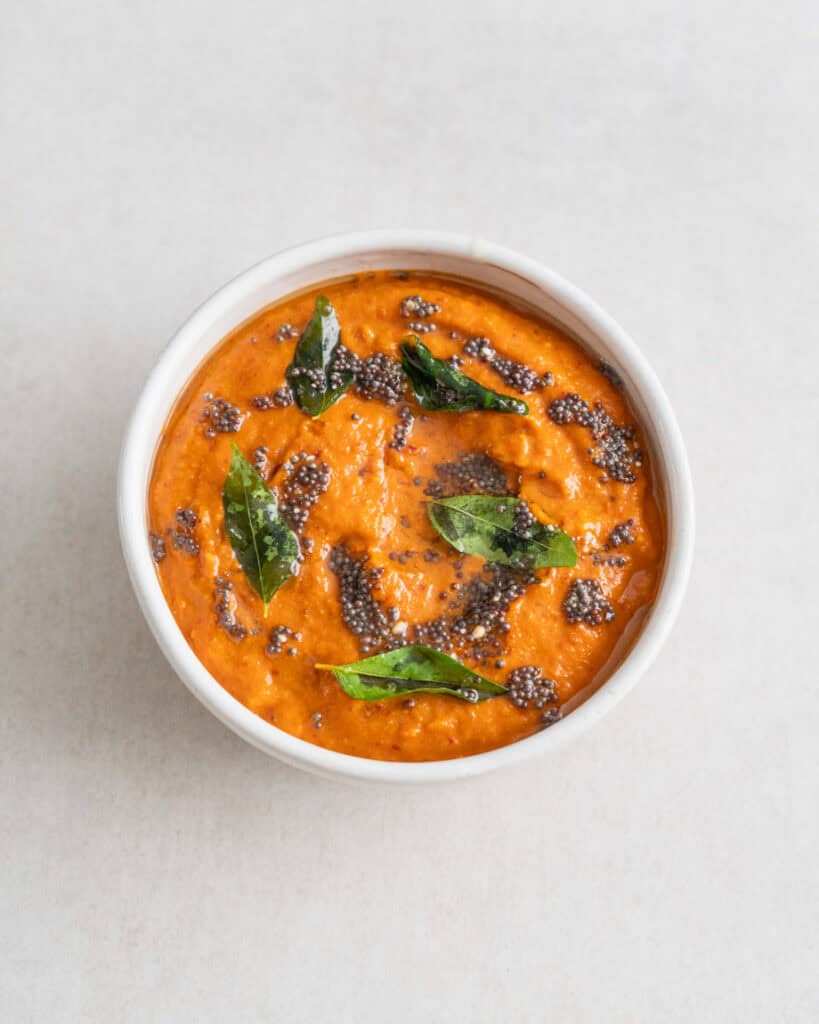

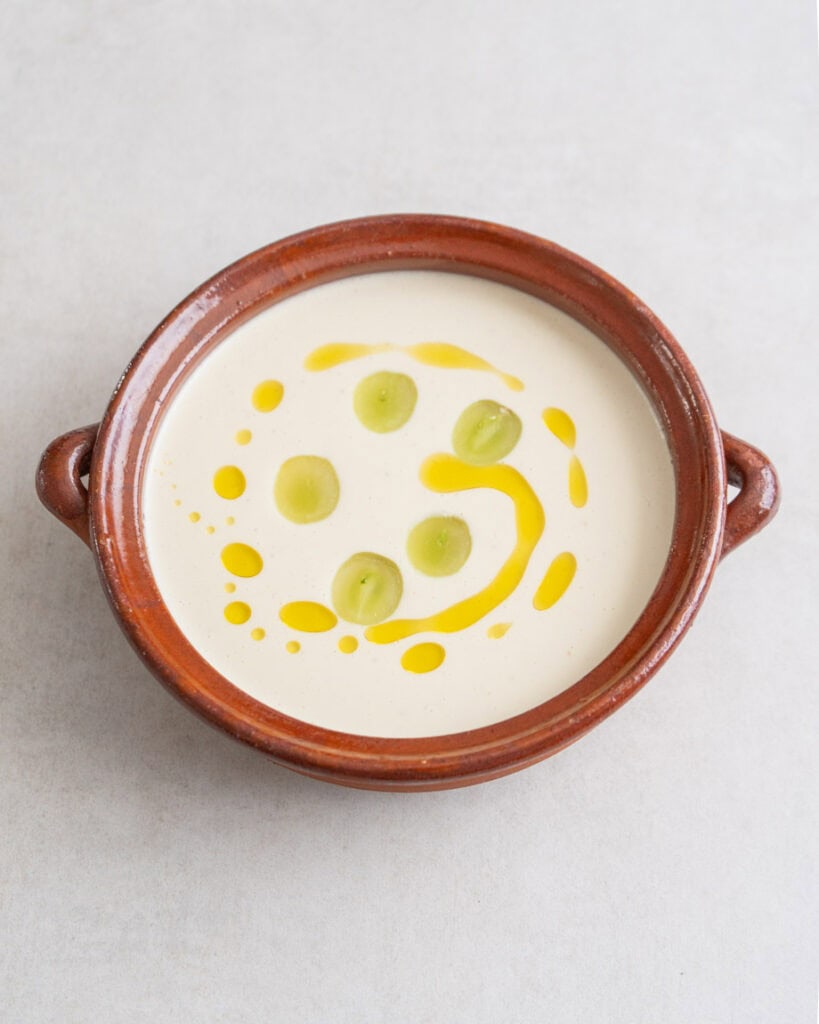
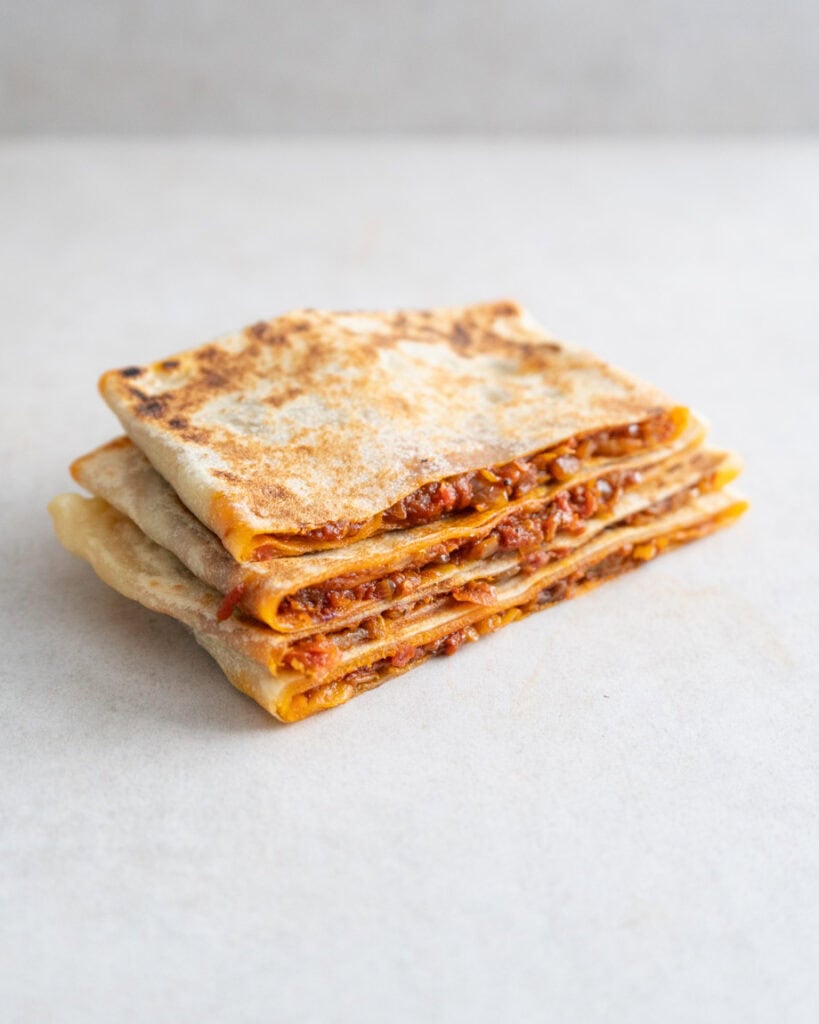

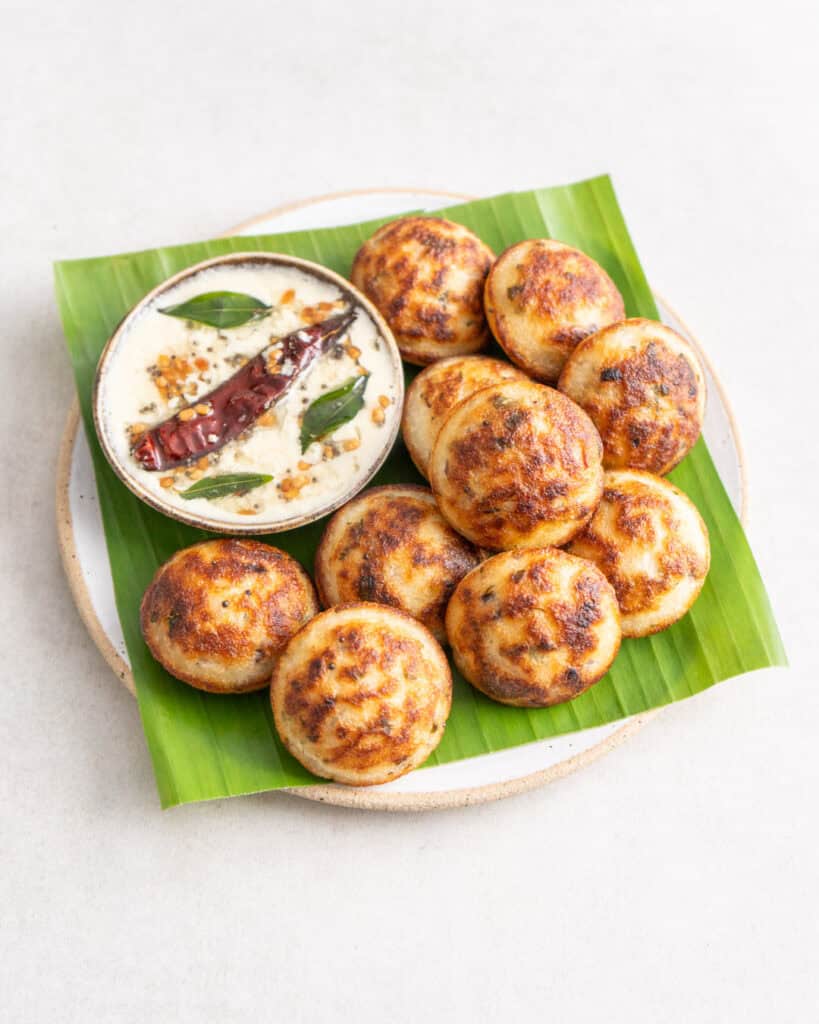
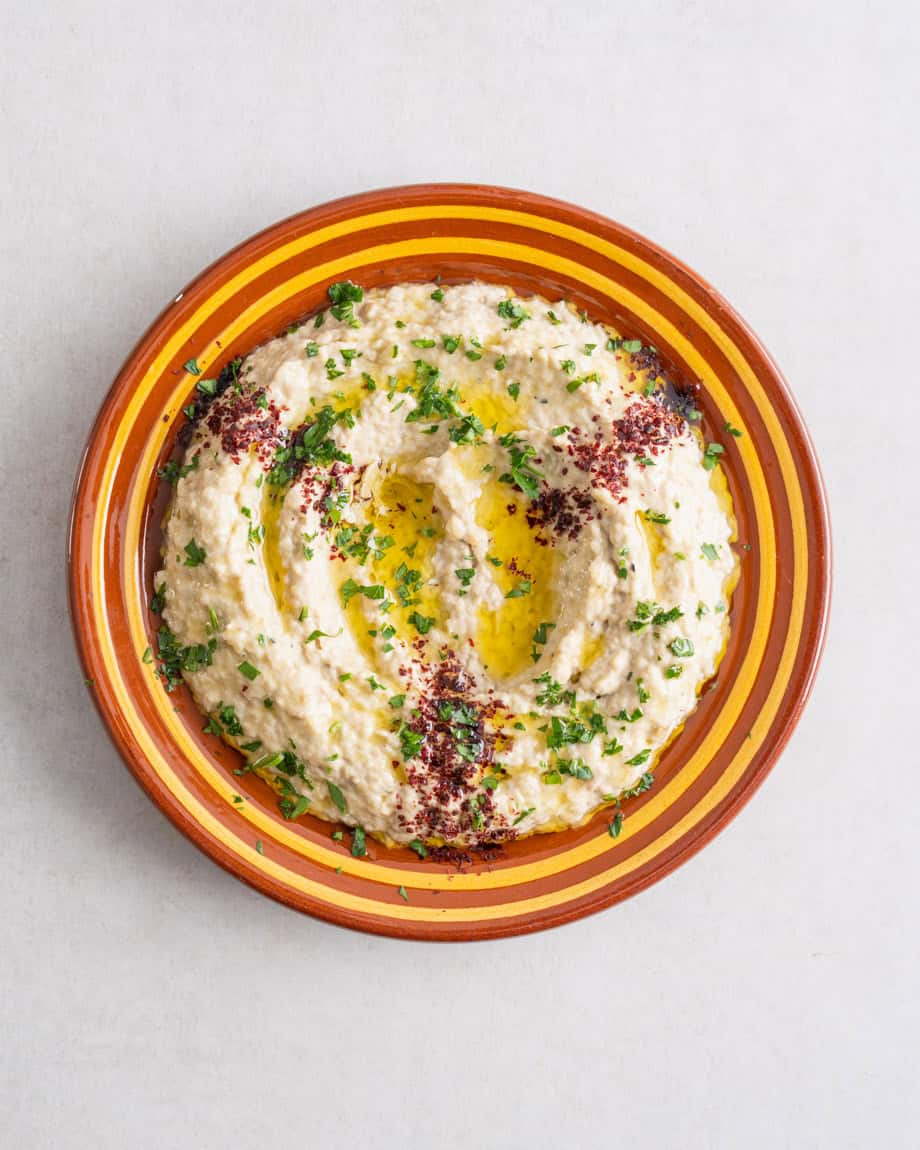
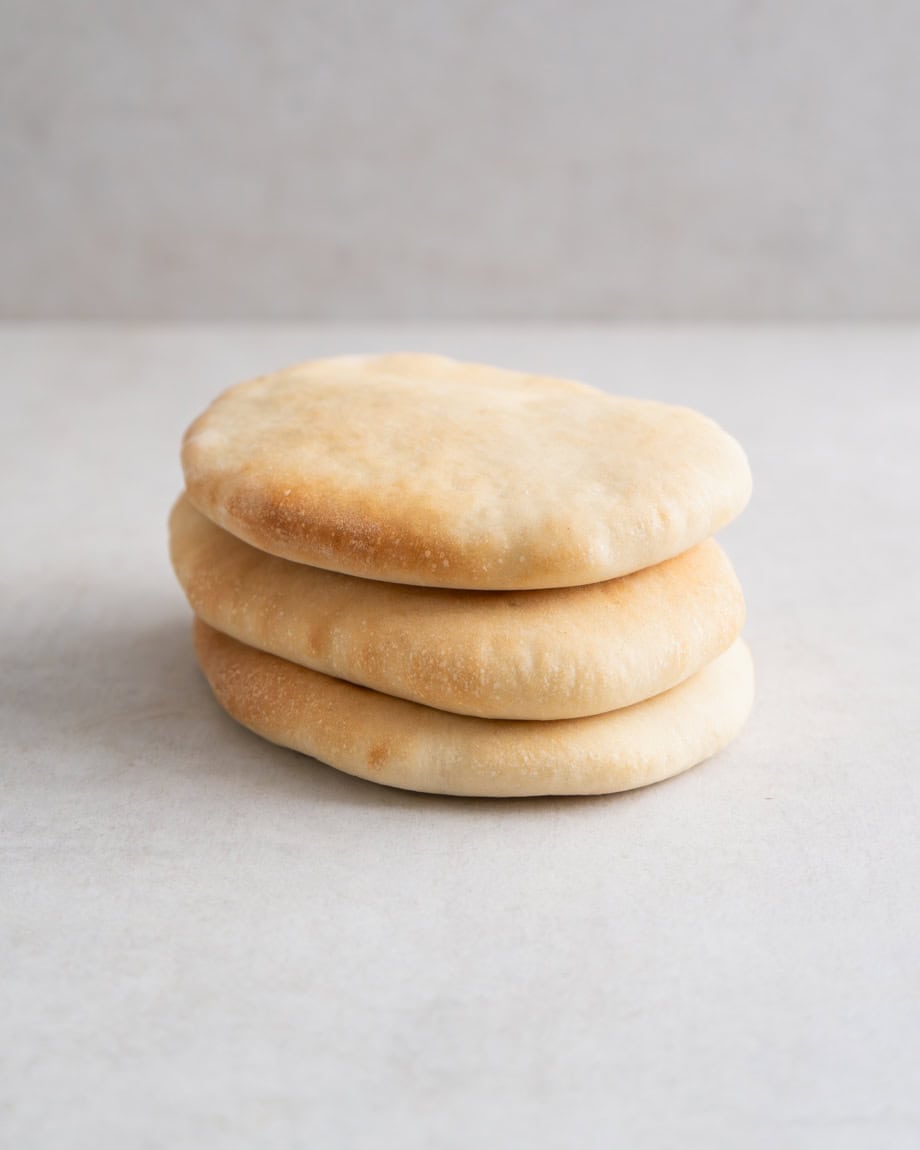


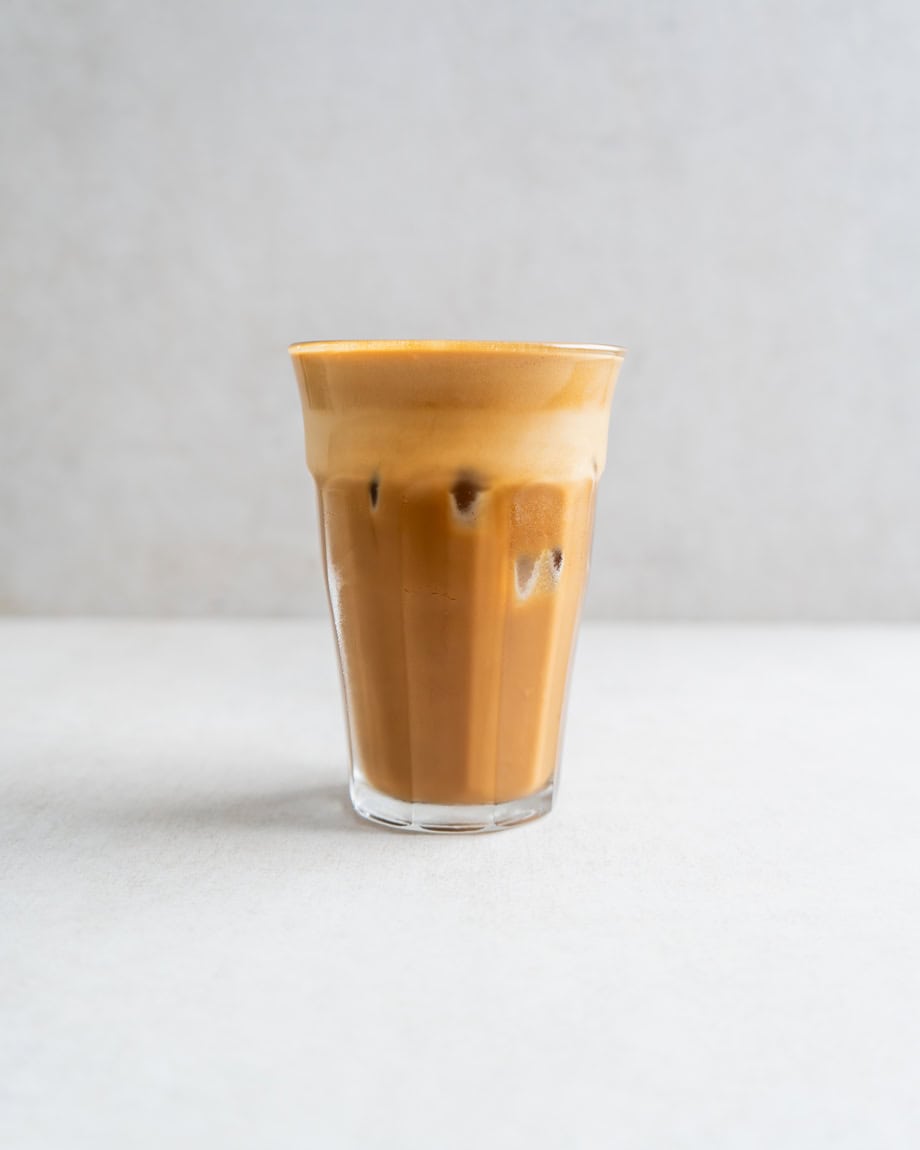

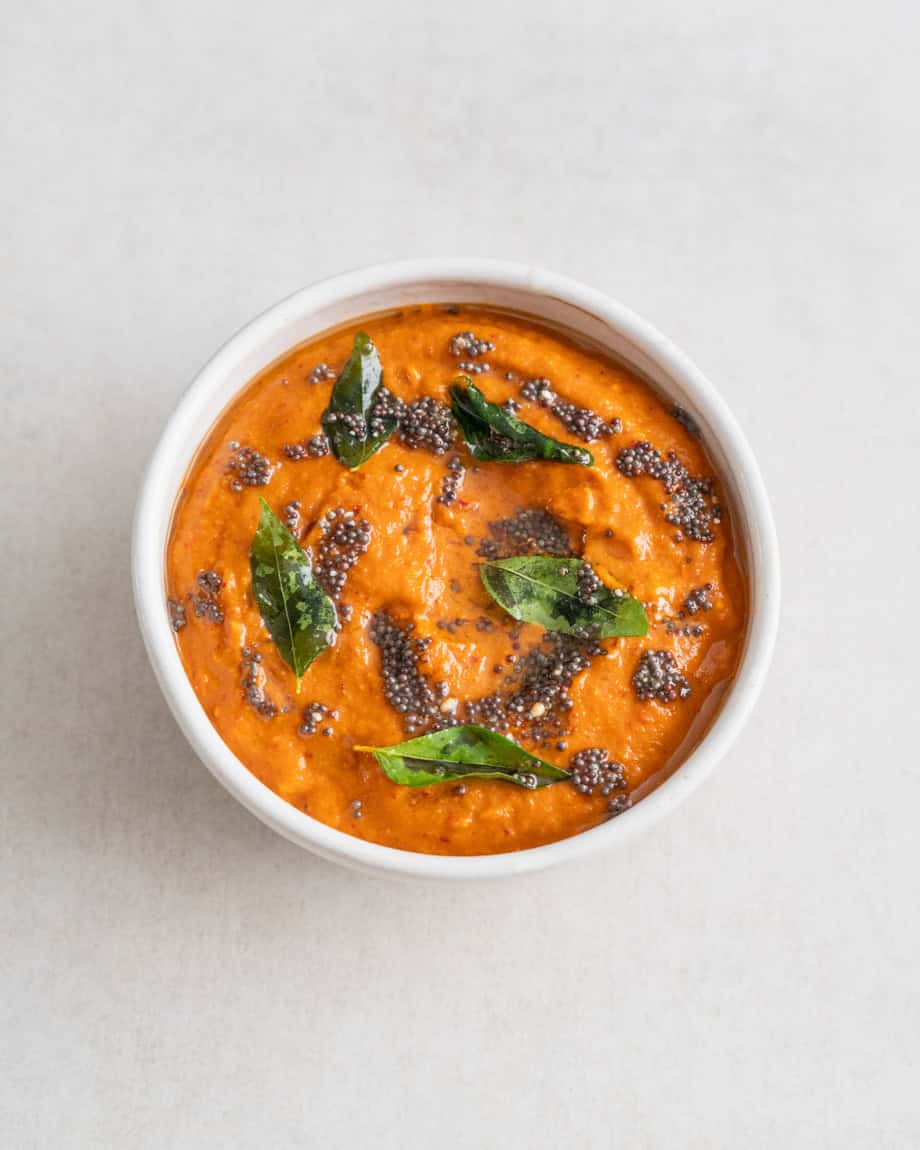
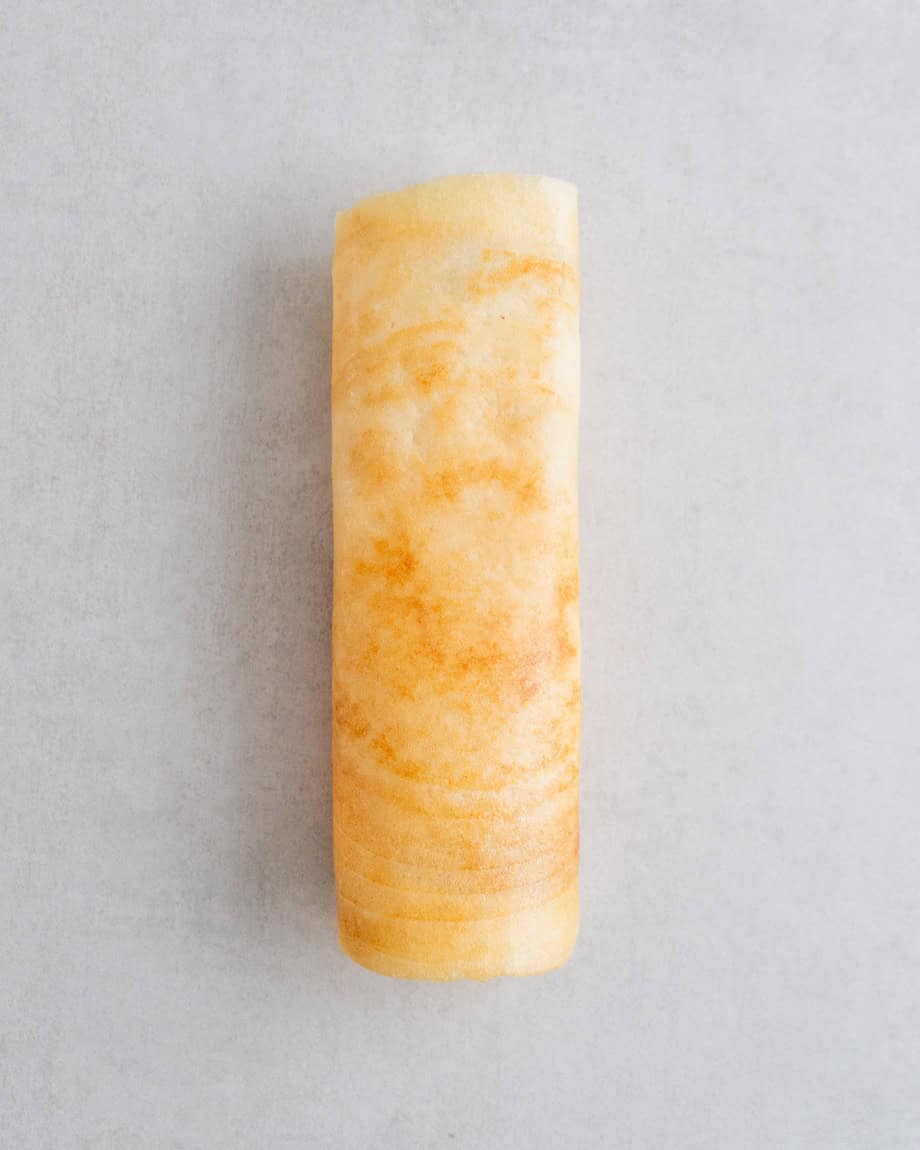
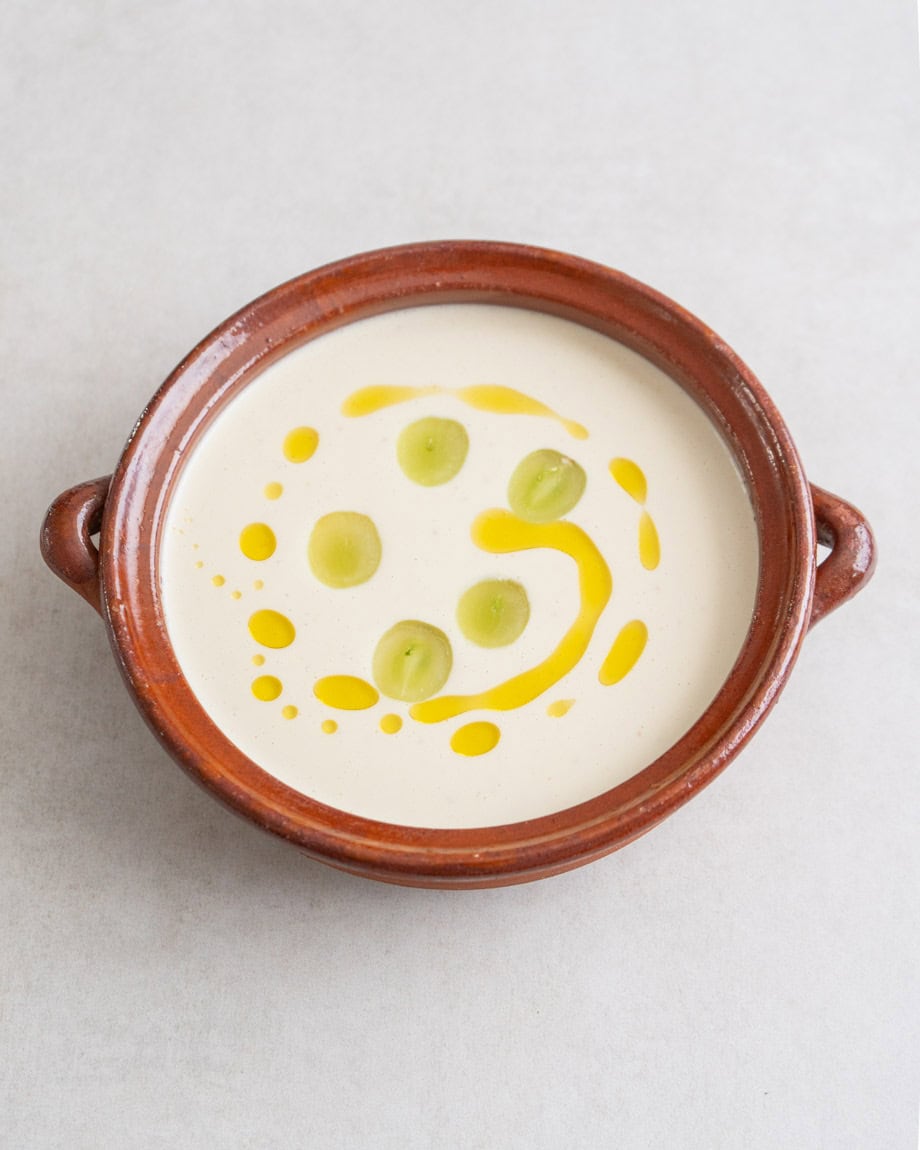
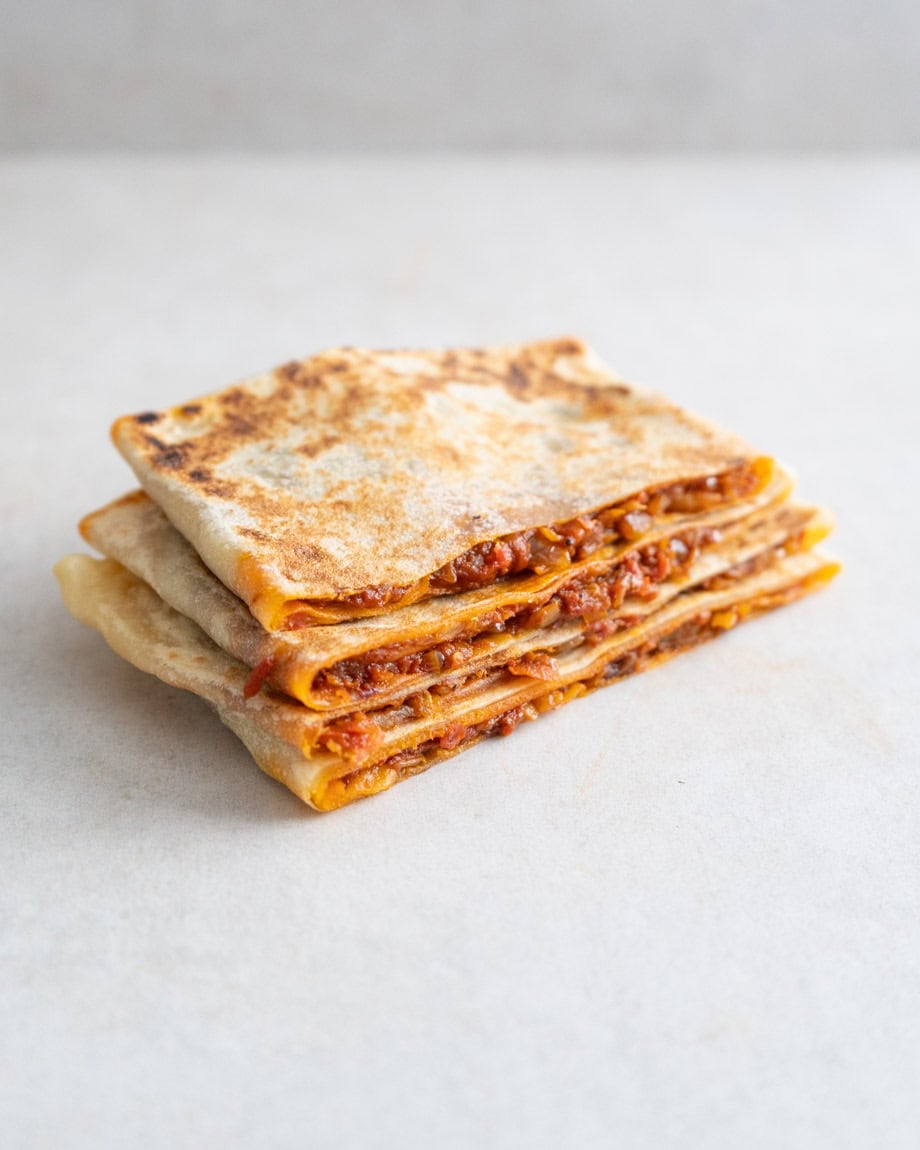


0 Comments